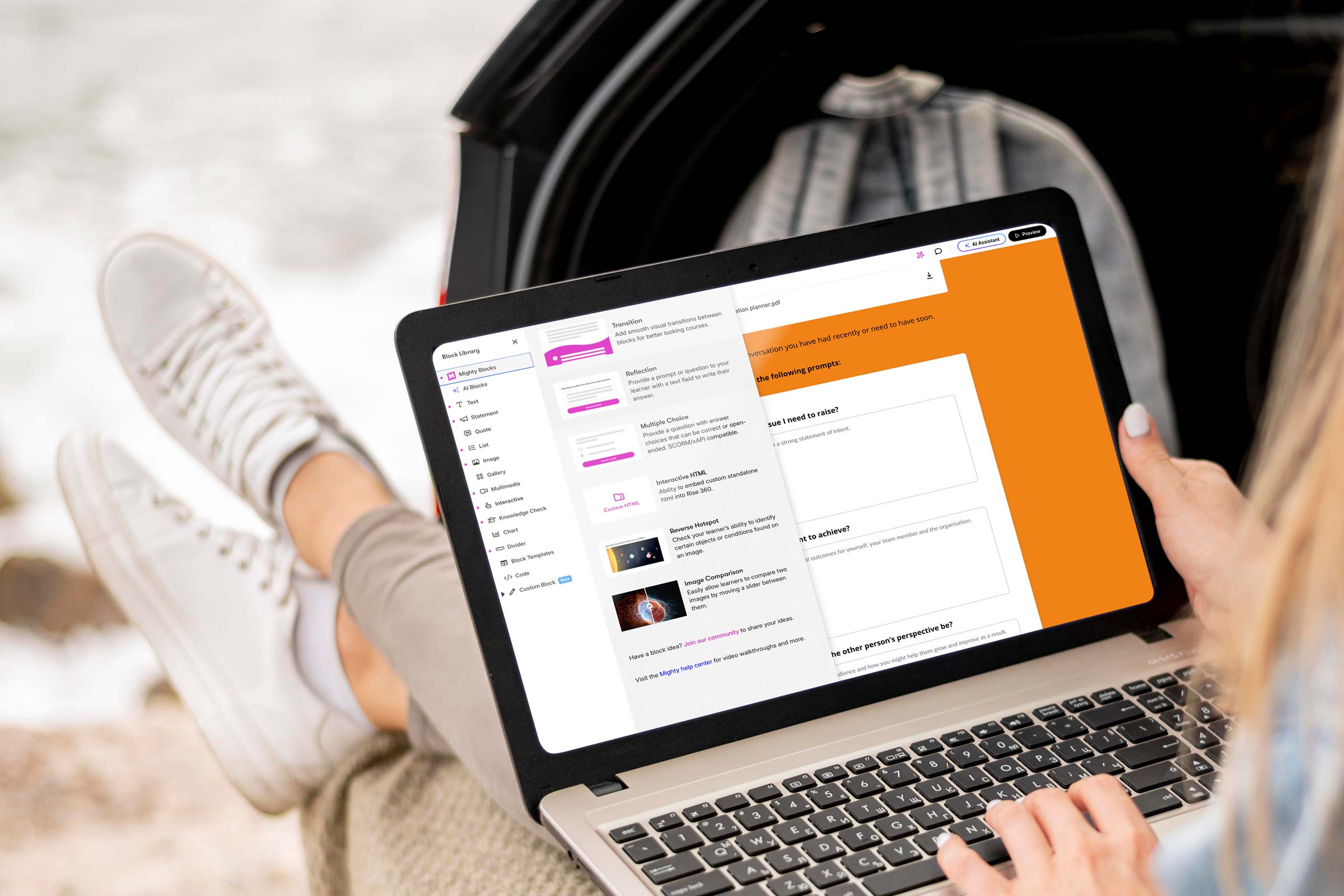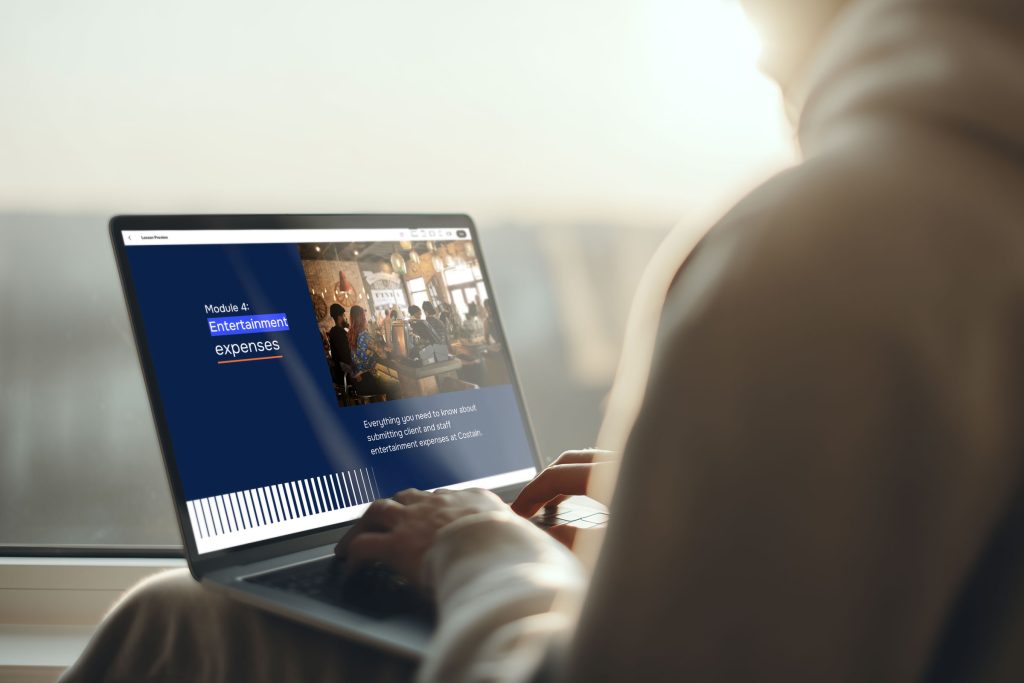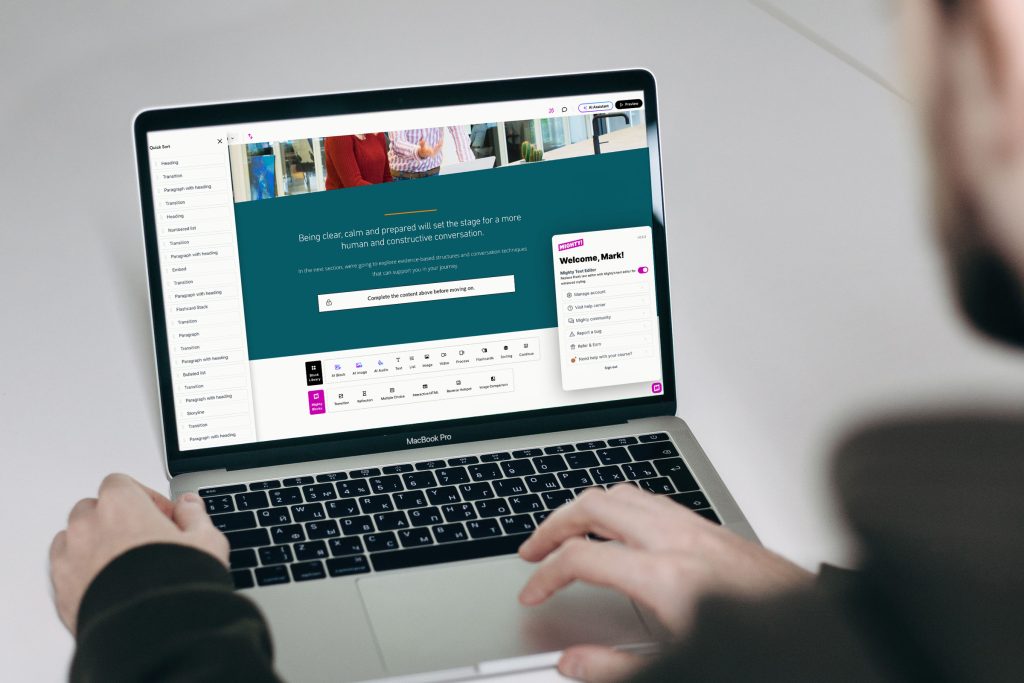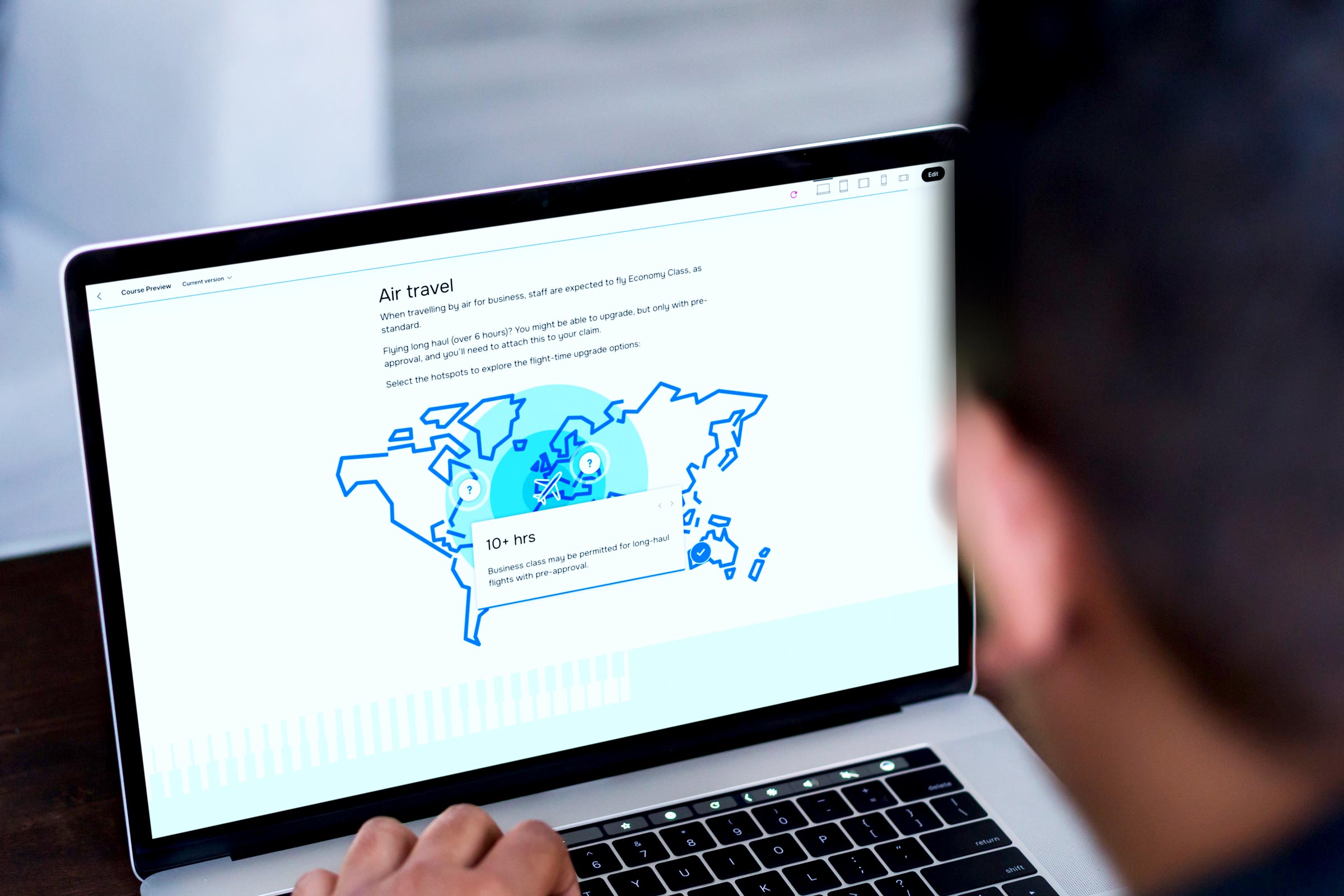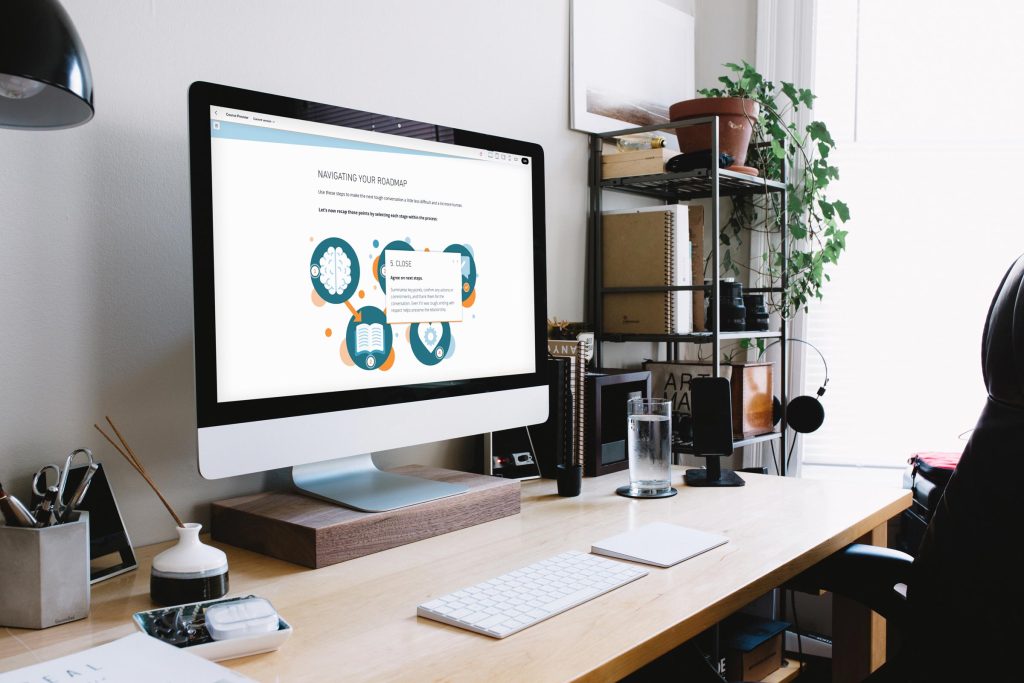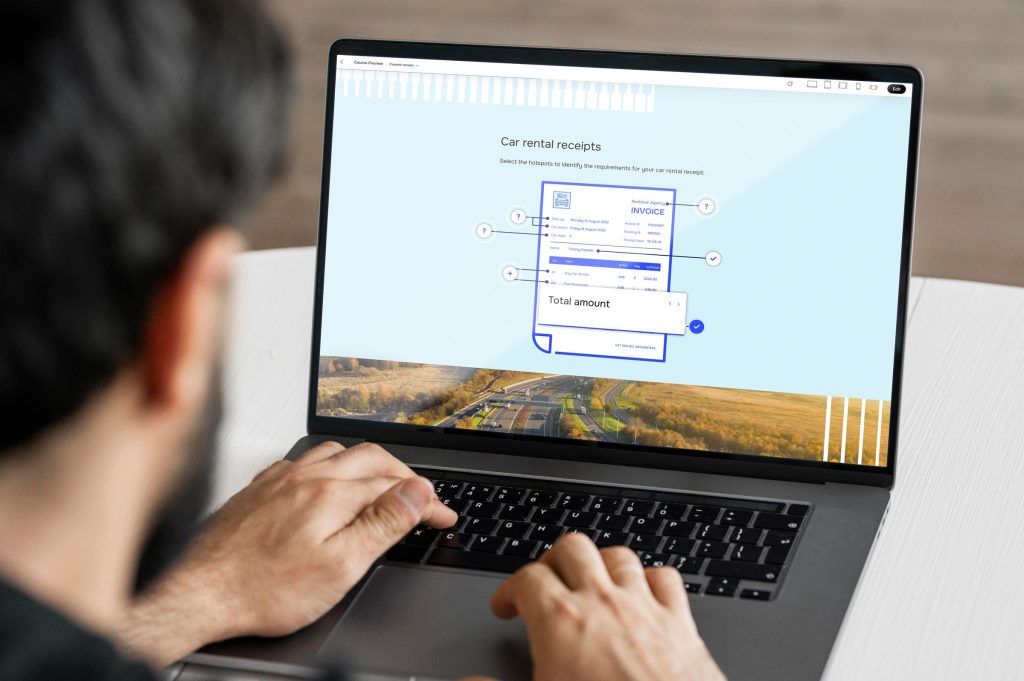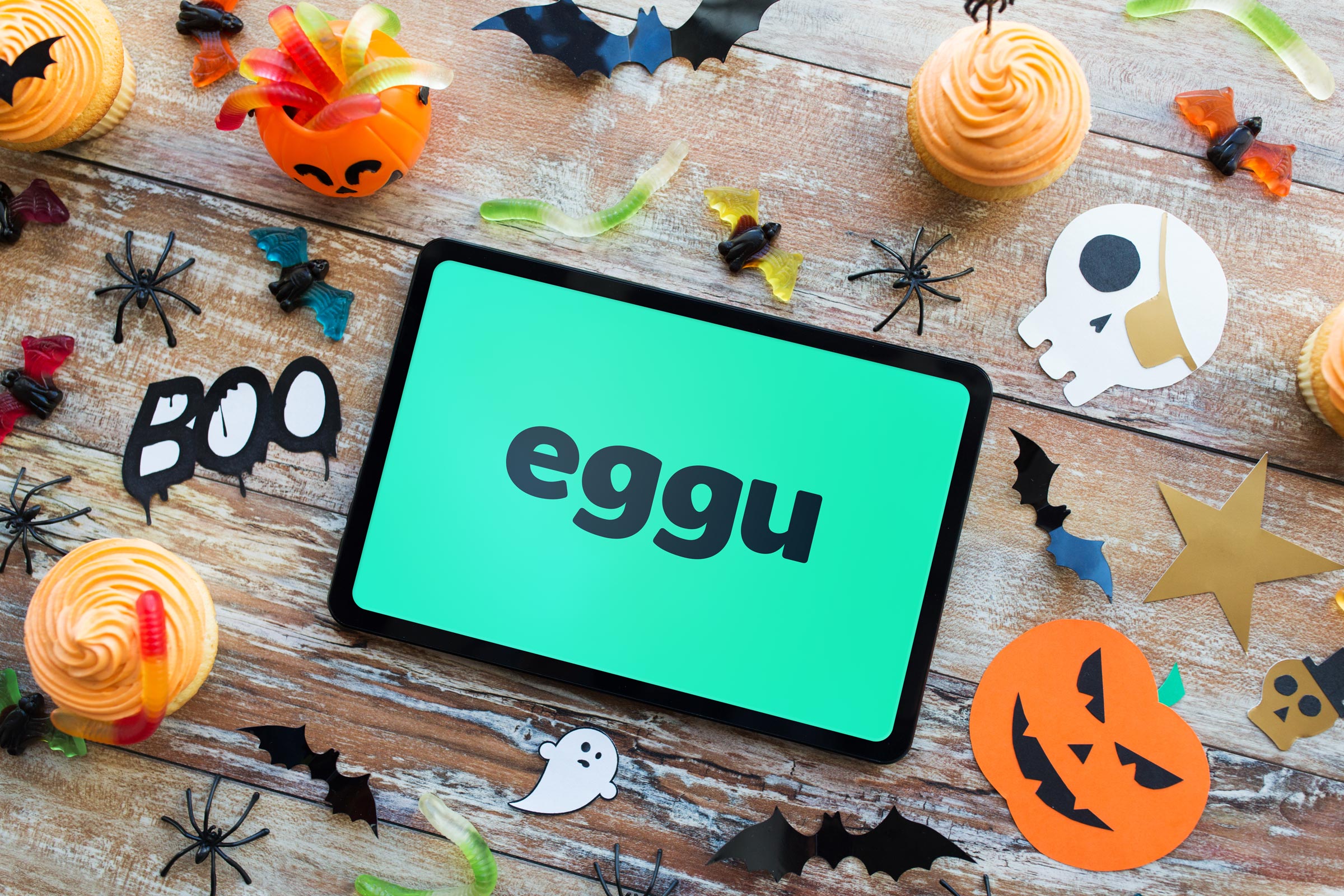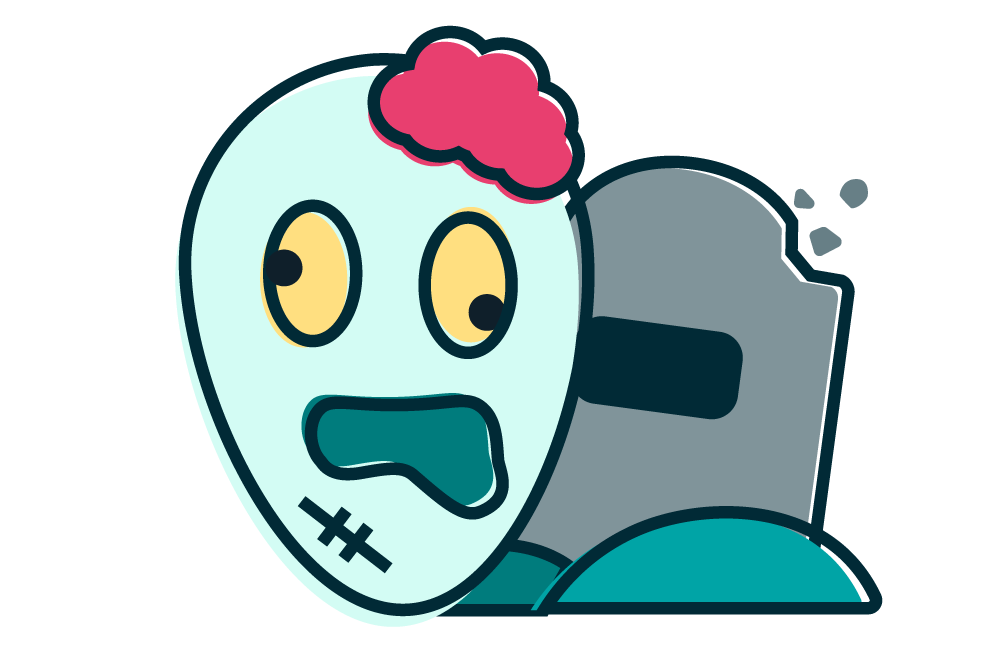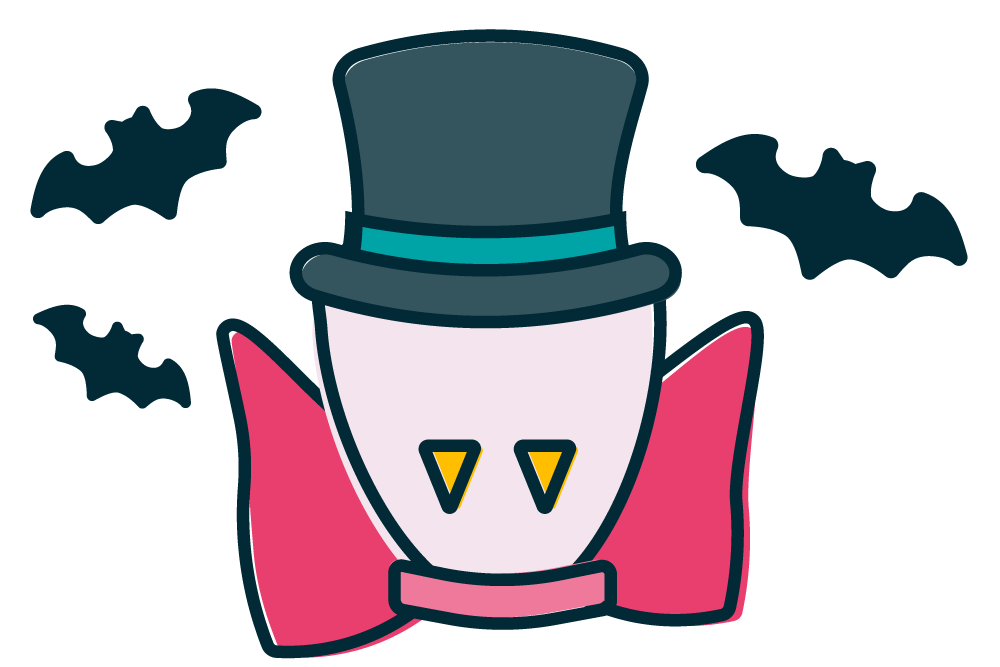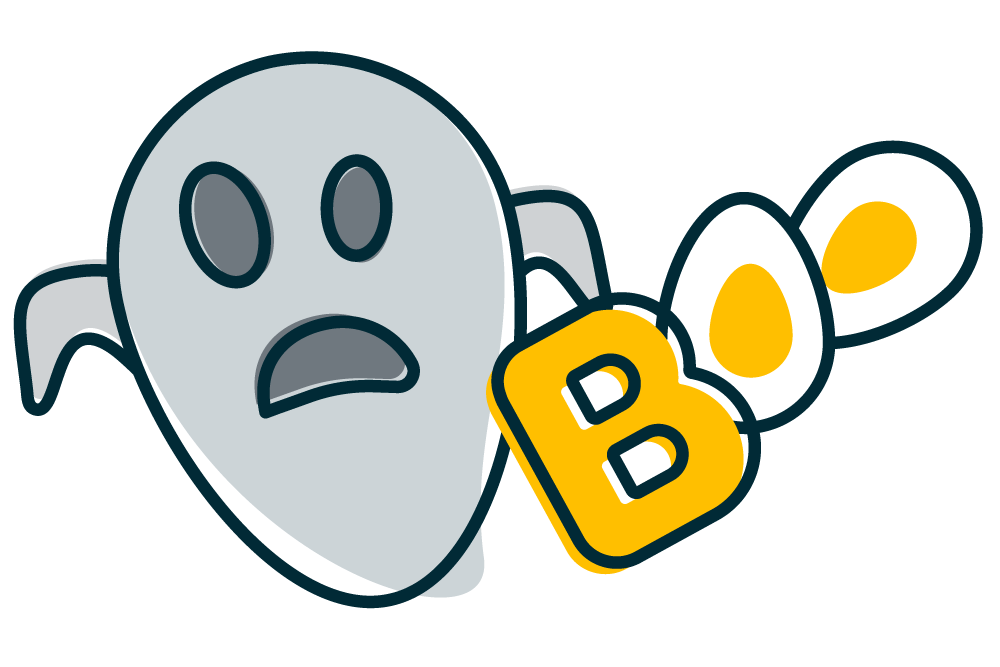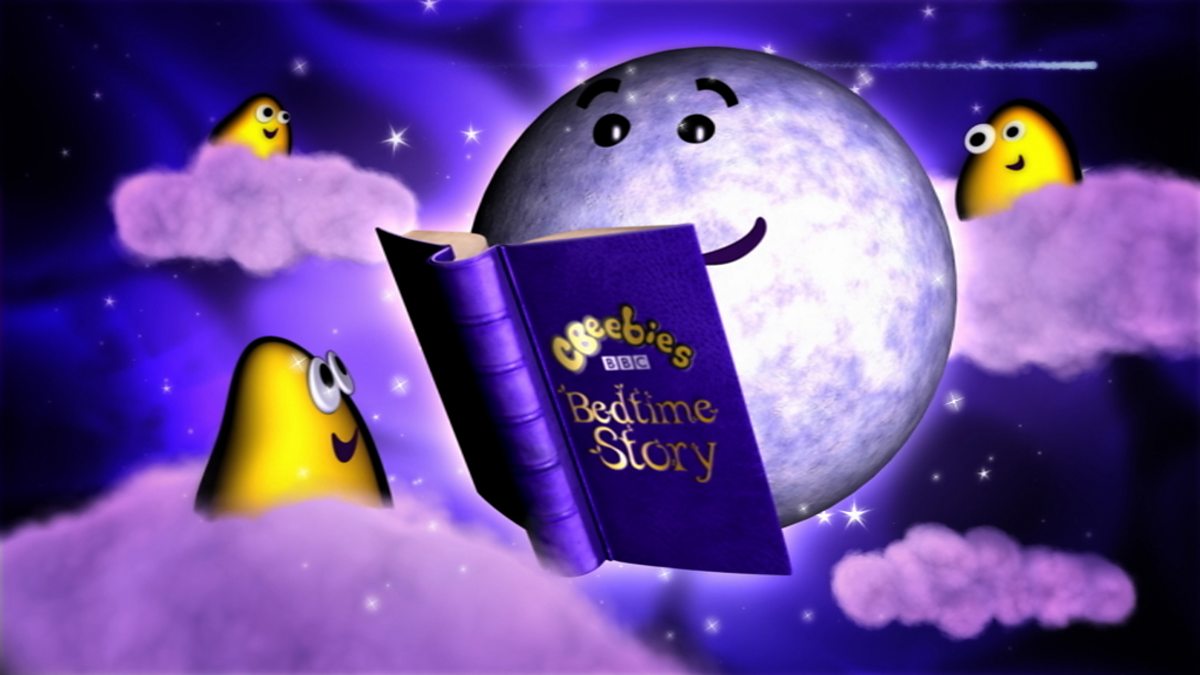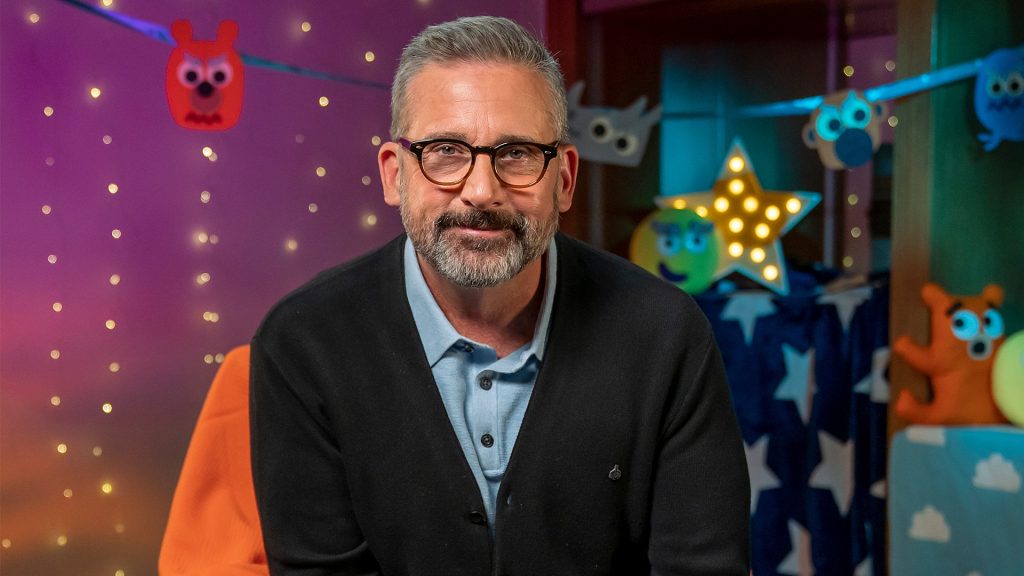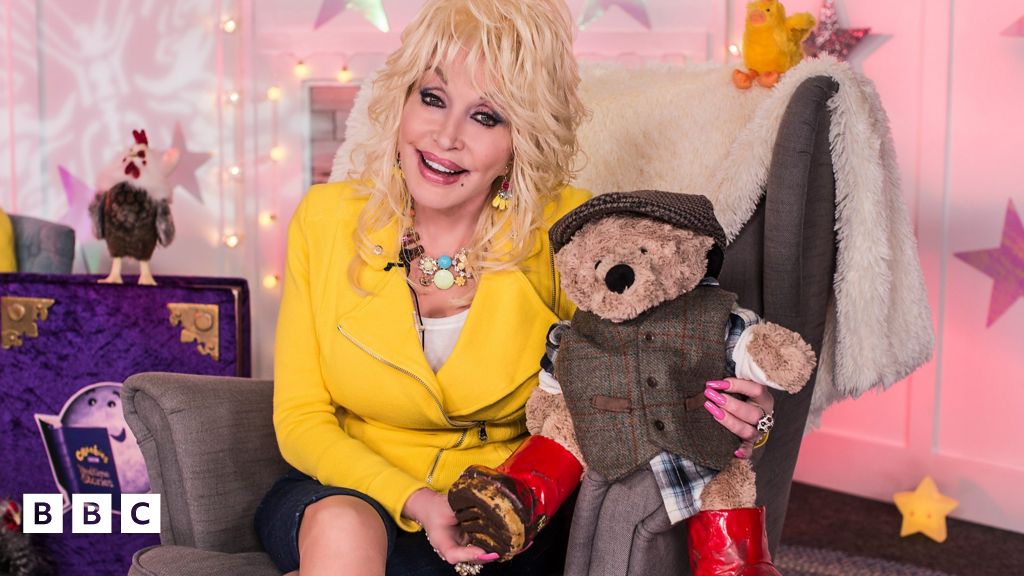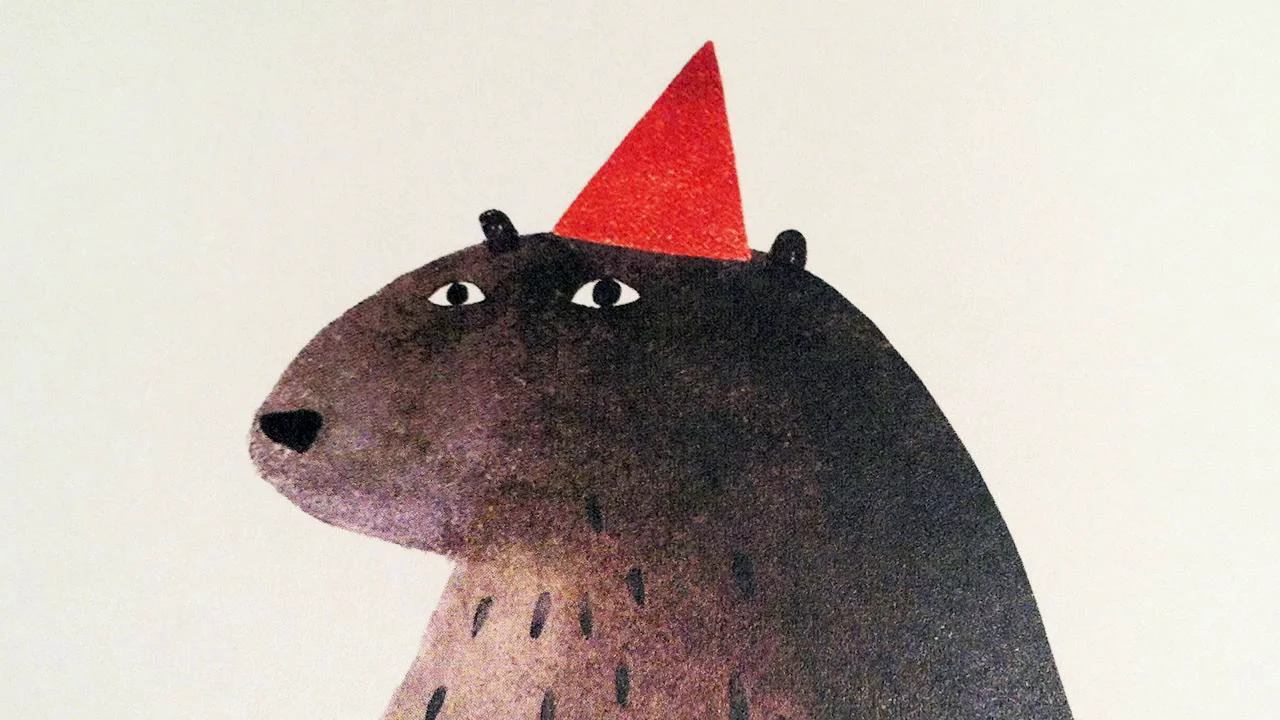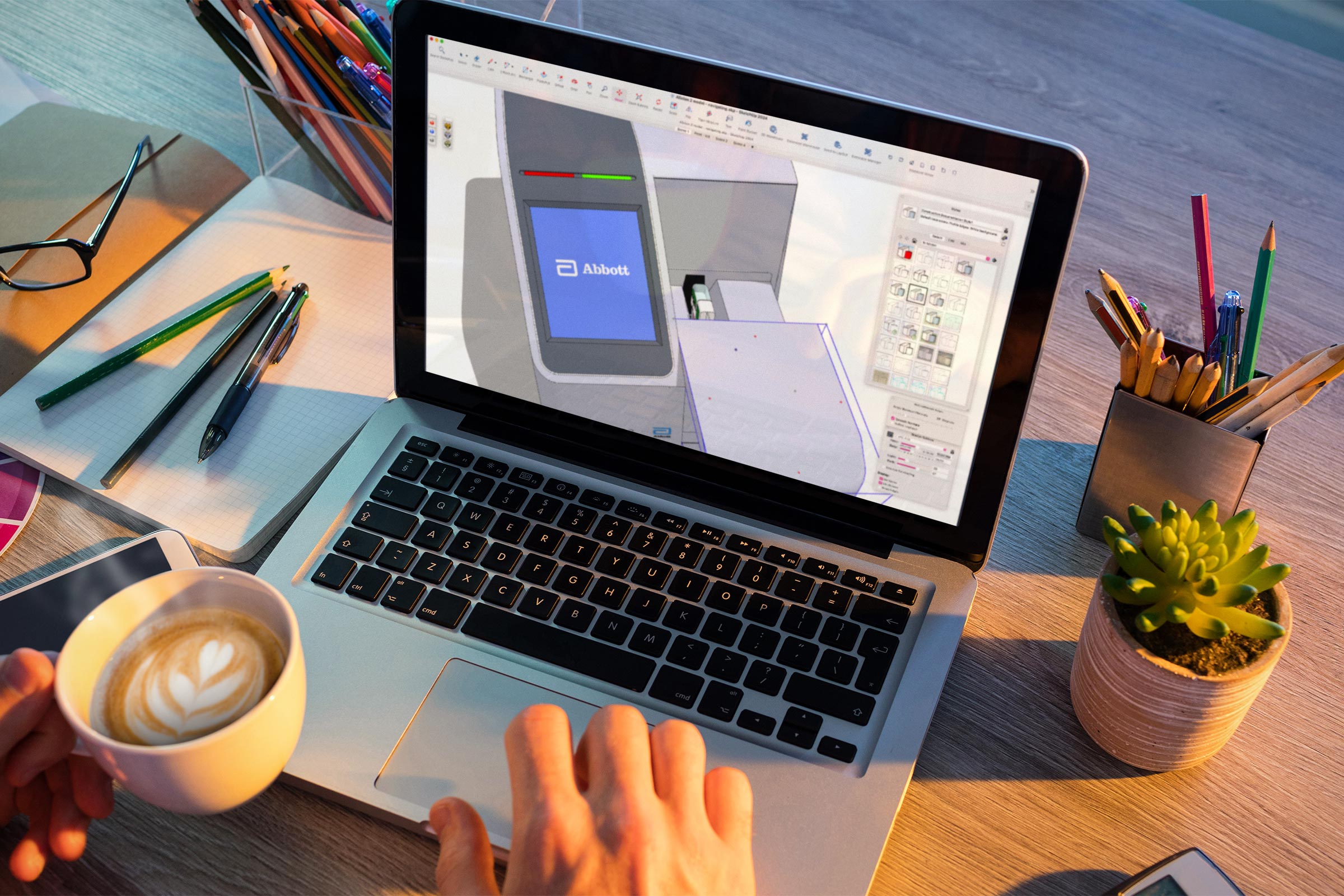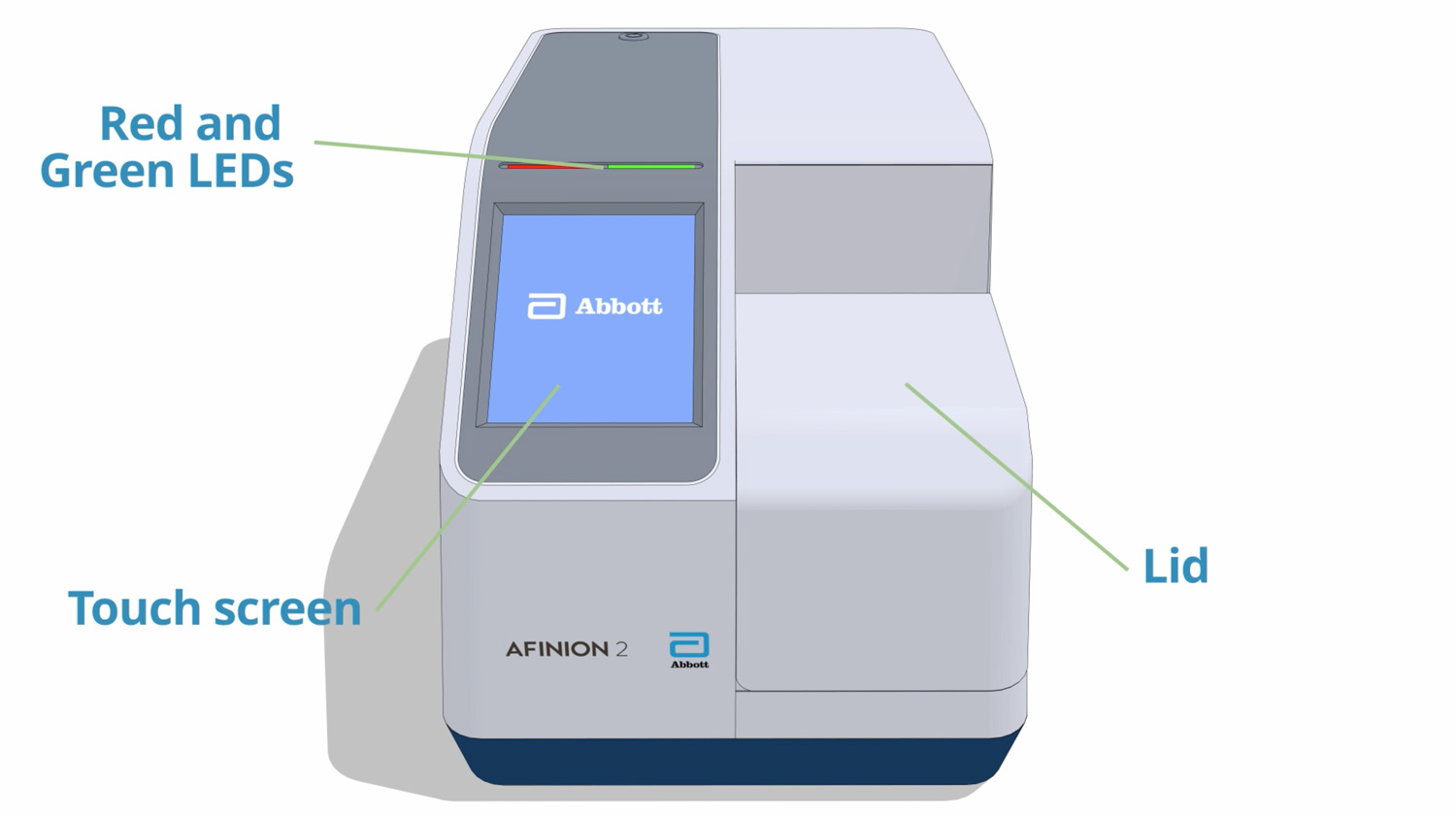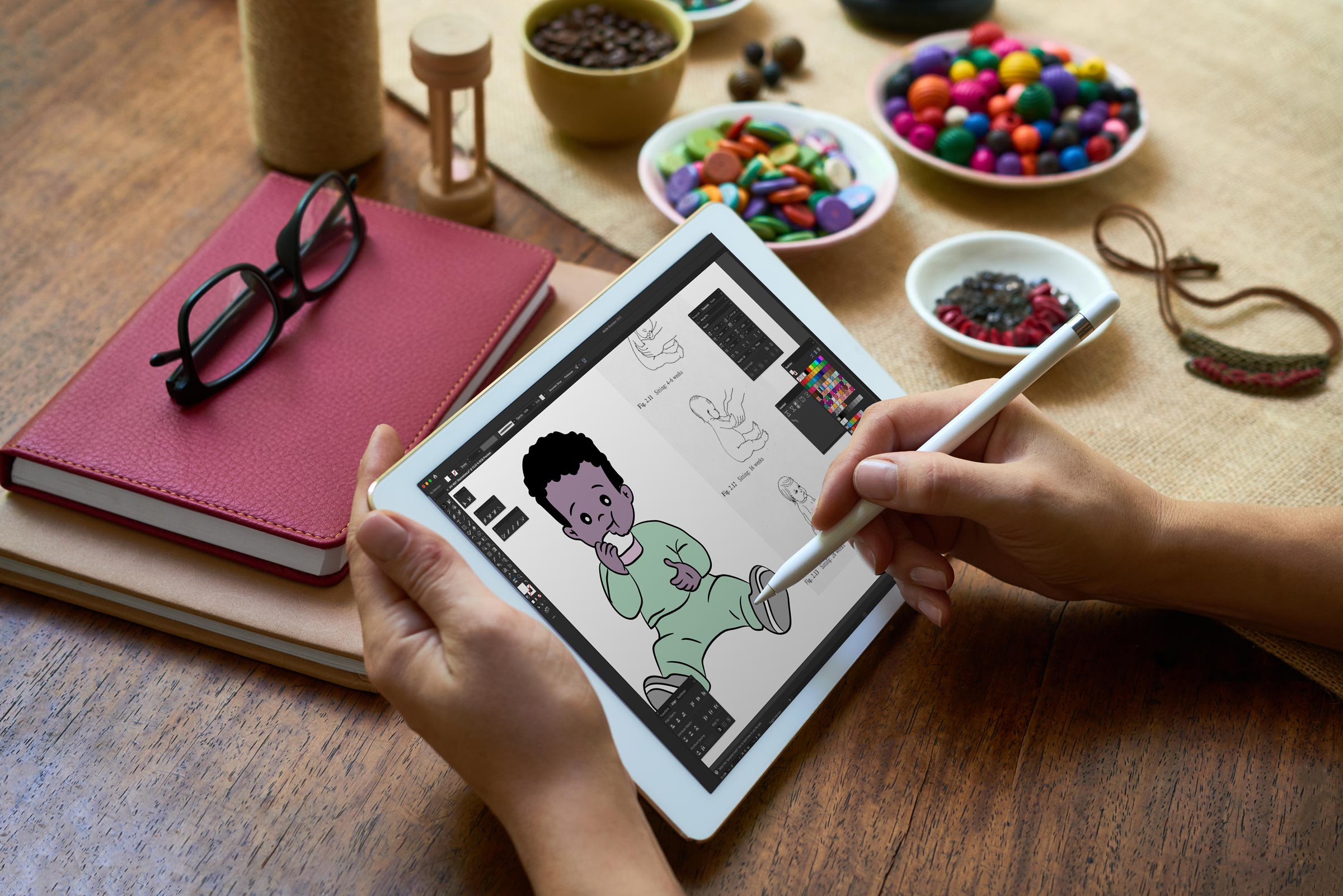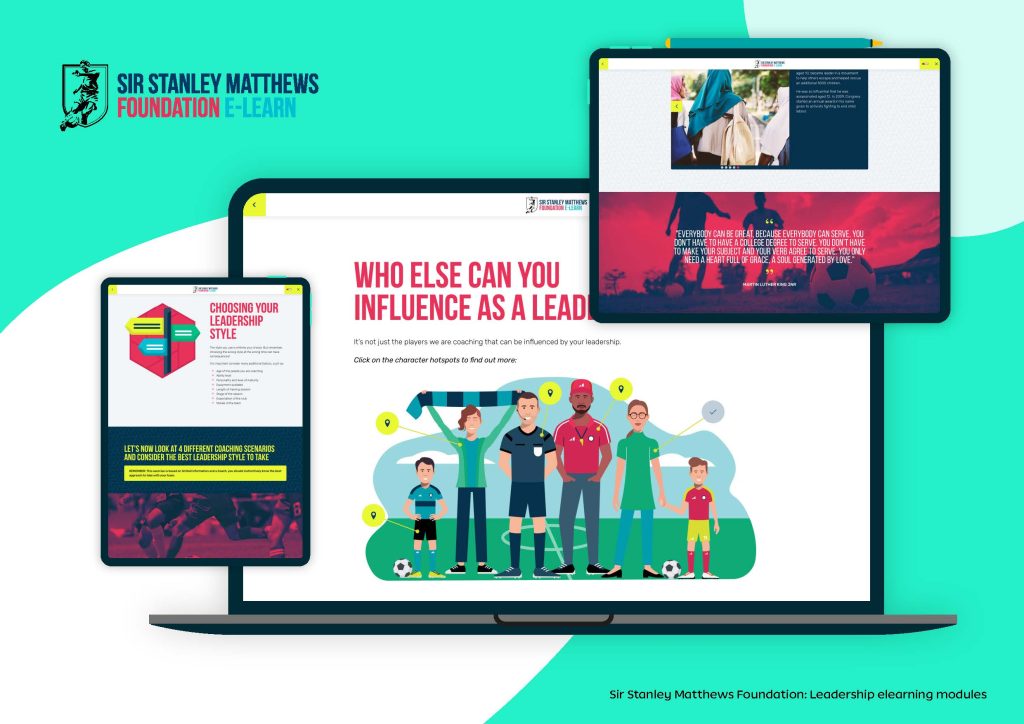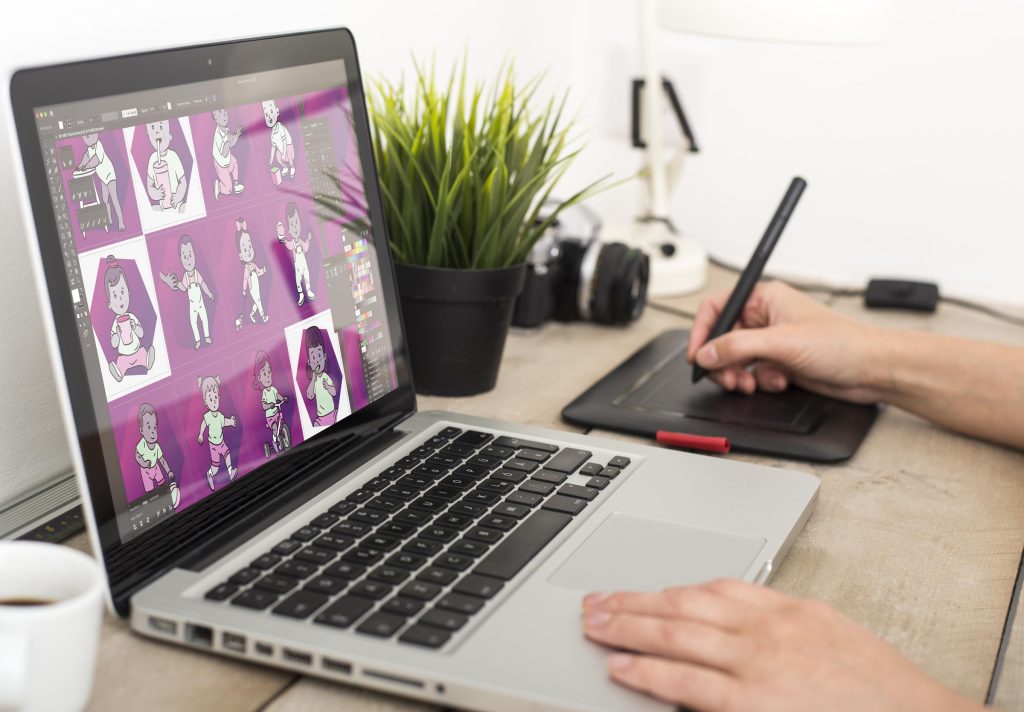Every January, something interesting happens in the world of workplace learning.
Logins climb, course completions jump, and suddenly everyone seems just a little more open to upskilling. It’s not magic – it’s mindset.
The new year gives people a natural “reset button,” and that fresh-start energy spills straight into how they approach their development. While budgets might be tight and teams stretched, January is hands-down one of the most powerful windows to re-engage staff with training and set the tone for the year ahead.
If you’ve ever wondered why LMS engagement peaks right after the holidays, or how to make the most of it?
Here’s the science, the strategy, and the simple wins that can turn January into your strongest learning month of the year.

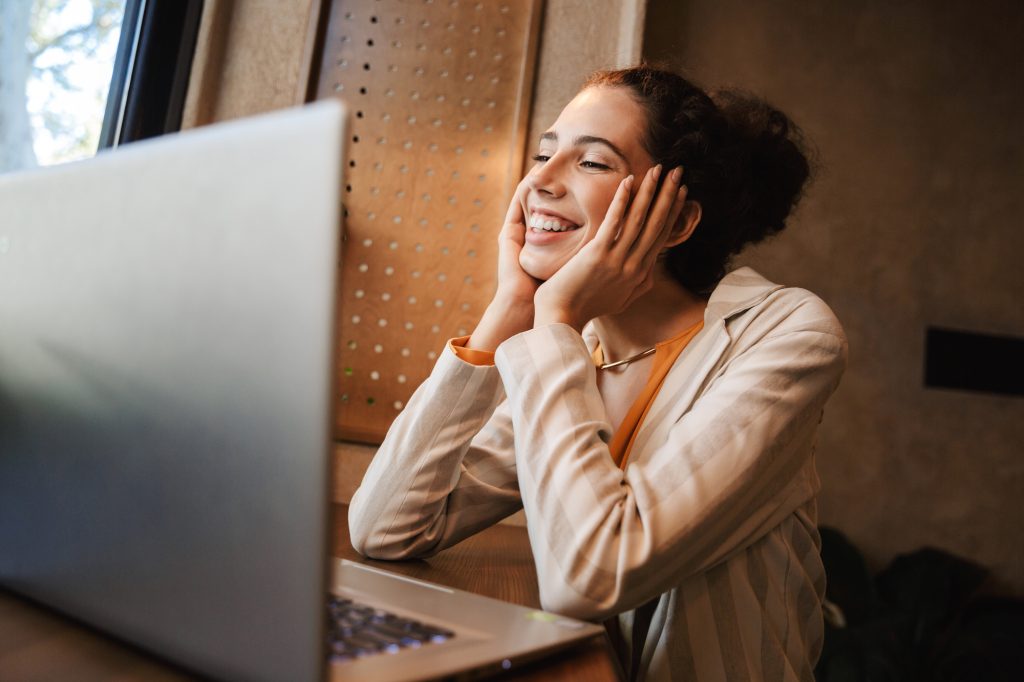
1. The fresh start effect
Psychologists have been banging on about this for years:
People are way more likely to set goals, start learning, and commit to self-improvement immediately after a temporal landmark – New Year, birthdays, quarter-ends, etc.
Research on the Fresh Start Effect (Wharton School) by Katy Milkman found that people are 2-3 times more likely to commit to new development goals in the New Year.
Learning platforms consistently report their highest logins, course starts, and completions in January–February.
This is the moment when your team wants to do better. All you have to do is point them to the learning.
2. Quiet(er) inboxes, fewer competing priorities
The first couple of weeks of January tend to be:
- Fewer meetings
- Project cycles restarting
- Lower operational pressure
Perfect conditions for focusing on training.
LMS logins typically increase 10–30% in January compared to December.


3. Managers are in planning mode
Leadership is doing:
- Annual objectives
- PDPs
- Appraisal follow-ups
- Skill-gap mapping
Learning fits naturally into this rhythm. When managers are planning, training recommendations feel timely rather than tacked on.
4. Employees are actively looking for development direction
For years, translating e-learning was slow and complicated. You had to rebuild or manually edit each In January, people are asking themselves:
- Where am I heading?
- Do I want a promotion?
- A new skill?
- A better role?
- What should I be improving this year?
That mindset is rocket fuel for LMS engagement.
Curiosity + ambition + clarity = logins and completions
In fact, completions often rise 15-25% in Q1 across corporate training.
5. Training helps set the tone for the entire year
Rolling out learning early:
- Signals that development matters
- Reinforces culture
- Boosts motivation post-break
- Creates early wins
Organisations that set training goals in January maintain higher year-round engagement.

Don’t let the best month for learning pass you by
Build with intention, invest in your people, and give your organisation the kind of start that lasts.
When you start the year with clarity, confidence, and well-designed learning experiences, you set the tone for everything that follows.
And that’s exactly where a digital learning design partner like Eggu can help.
Whether you’re refreshing outdated modules, launching new capability programmes, or setting ambitious training goals for 2026, you don’t have to do it alone. Together we can turn January’s fresh-start energy into genuine performance gains all year round.
If you’re ready to make 2026 your strongest learning year yet, Eggu would love to help you get there.





